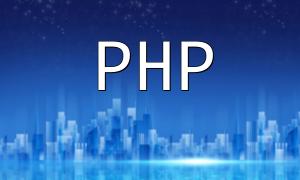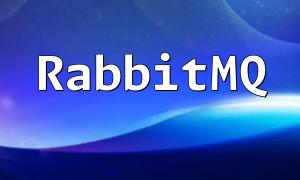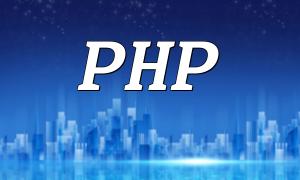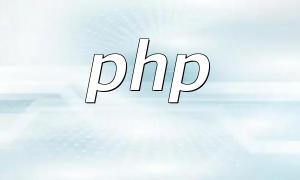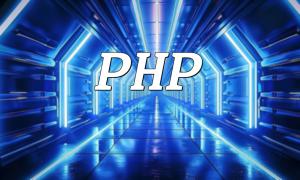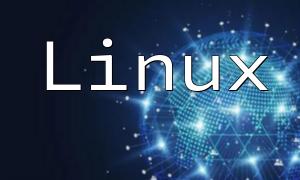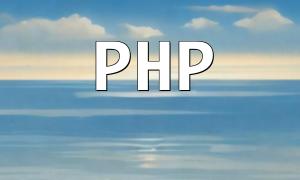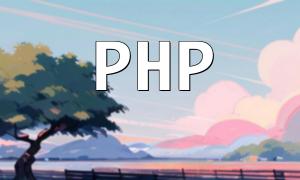PHP is a widely used scripting language for web development. While PHP itself comes with many built-in features, there are times when additional functionality is required to meet specific needs. By using PHP extensions, we can significantly enhance the functionality of our applications and improve performance. In this article, we will explore how to use PHP extensions to enhance application functionality, with practical code examples.
PHP extensions are dynamic link libraries written in C, which can be added to the PHP environment to extend PHP's functionality. By using PHP extensions, developers can easily extend the capabilities of their applications and optimize performance. PHP extensions can be accessed using PHP function calls. Here's how to install and use extensions.
To use a PHP extension, the first step is to install it into your PHP environment. Most common extensions can be installed via PECL (PHP Extension Community Library). Here's the basic process for installing a PHP extension:
$ pecl install example_extension
Once installed, the extension needs to be enabled in the PHP configuration file (php.ini). Edit the php.ini file and add the following line:
extension=example_extension.so
Below are two common PHP extension examples that demonstrate how to enhance functionality in real-world applications.
The GD extension provides powerful image processing functions, allowing you to create, edit, and manipulate images. Here's an example using the GD extension to create a thumbnail:
<?php
$original_image = imagecreatefromjpeg("original.jpg");
$thumbnail_image = imagecreatetruecolor(200, 200);
imagecopyresampled($thumbnail_image, $original_image, 0, 0, 0, 0, 200, 200, imagesx($original_image), imagesy($original_image));
imagejpeg($thumbnail_image, "thumbnail.jpg");
imagedestroy($original_image);
imagedestroy($thumbnail_image);
?>
This code uses the GD library functions to create a copy of the original image, resize it to 200x200 pixels, and save it as a thumbnail. For more functions and usage examples of the GD library, please refer to the PHP manual.
The PDO extension is PHP's database abstraction layer, allowing developers to access different databases in a uniform way, with an object-oriented API. Here's an example of using the PDO extension to connect to a MySQL database and perform a query:
<?php
$pdo = new PDO("mysql:host=localhost;dbname=test", "username", "password");
$query = $pdo->query("SELECT * FROM users");
while ($row = $query->fetch(PDO::FETCH_ASSOC)) {
echo $row['name'] . "<br>";
}
?>
This code creates a PDO object, connects to the "test" MySQL database, and performs a query to retrieve and display the "name" column from the results. The PDO extension provides a full set of functions for executing SQL queries and interacting with databases.
Using PHP extensions can significantly enhance the functionality and performance of our applications. In this article, we've covered two common extensions: the GD extension for image processing and the PDO extension for database access. PHP offers many other useful extensions, and developers can choose the appropriate ones to improve application performance. Before using an extension, be sure to install, enable, and familiarize yourself with the related functions and usage. We hope this article helps you better understand and use PHP extensions!
